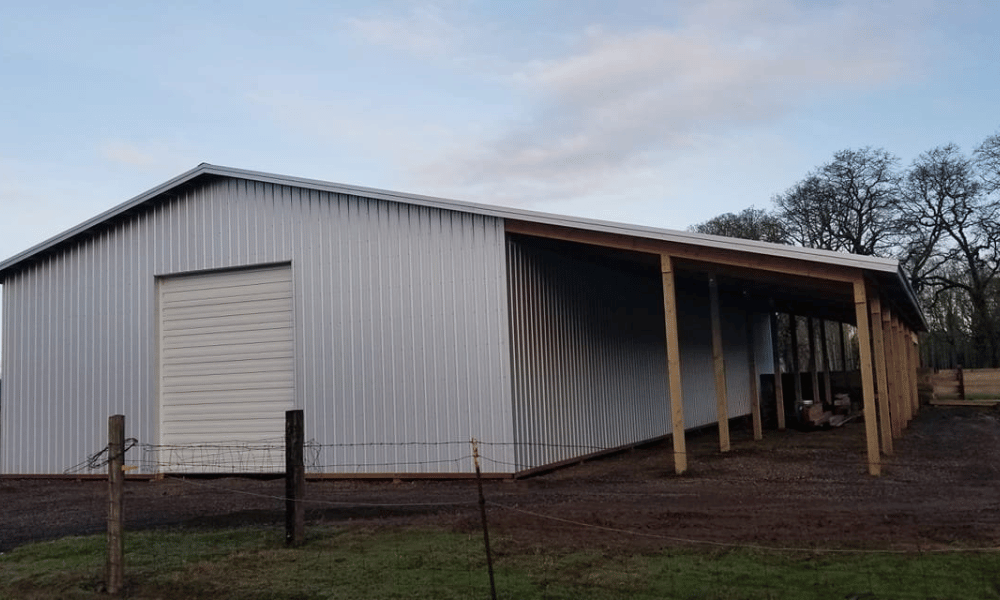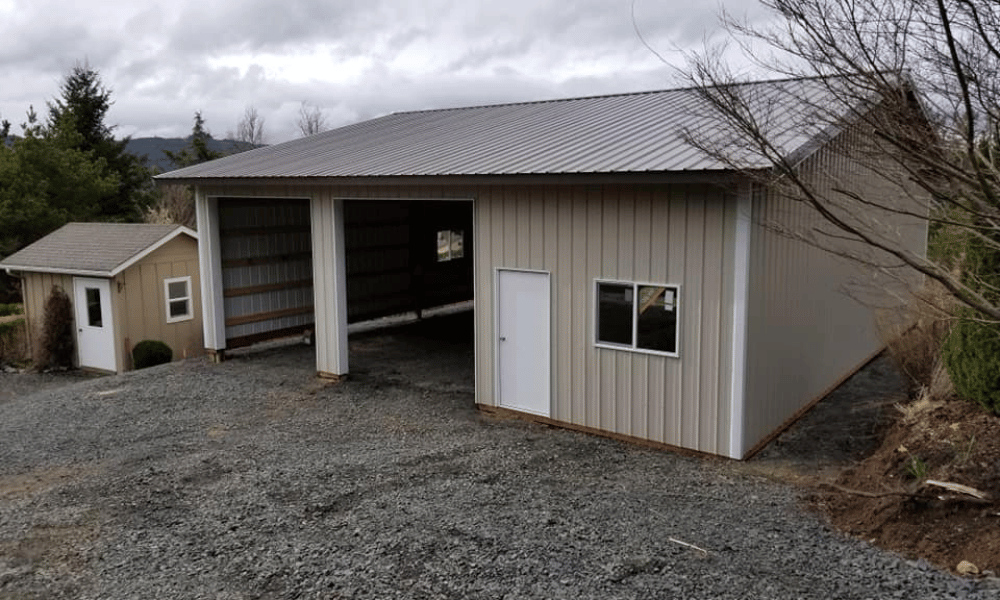Introduction
When it comes to optimizing livestock management, the importance of a well-planned facility cannot be overstated. A thoughtfully designed livestock facility not only enhances productivity but also ensures animal welfare and ease of operation. One of the most efficient and versatile construction methods for such facilities is the use of pole structures, also known as pole buildings. This article will delve into the myriad benefits of planning your ideal livestock facility with pole structures, guiding you through every step of the process.
Understanding Pole Buildings in Livestock Facilities
What Are Pole Buildings?
Pole buildings are constructed using a method where vertical poles or posts support the structure's roof and walls. Unlike traditional framing methods that rely on a foundation, pole buildings use these poles driven deep into the ground, offering several advantages:

- Cost-effective: Reduced need for extensive foundations. Rapid construction: Quick assembly times due to simplified design. Versatile designs: Easily customizable to specific needs.
Benefits of Using Pole Structures for Livestock Facilities
Durability: Built to withstand harsh weather conditions. Low Maintenance: Minimal upkeep over time. Spacious Interiors: Open layouts allow flexibility in space utilization. Energy Efficiency: Potential for better insulation options.Planning Your Ideal Livestock Facility with Pole Structures
Identifying Your Needs
Before diving into construction plans, it’s crucial to identify your specific needs:
- What type of livestock will you house? How many animals do you plan to accommodate? What additional facilities or equipment do you require?
Site Selection
Choosing the right location is vital for any livestock facility:
- Proximity to feed sources Accessibility for vehicles Drainage considerations
Design Considerations for Pole Buildings
Layout Planning
A well-designed layout can streamline operations significantly:
Functional Zones
Animal Housing Areas Feeding Stations Storage Spaces Workshops and officesVentilation and Climate Control
Proper ventilation is essential in livestock facilities:
- Natural airflow through windows and vents. Insulated roofing materials to maintain temperature.
Materials Used in Pole Building Construction
Choosing the Right Wood Types
Selecting suitable wood types can greatly impact durability:
| Wood Type | Pros | Cons | |-----------------|-----------------------------|---------------------| | Pine | Cost-effective | Less durable | | Cedar | Insect resistant | More expensive | | Oak | Very strong | Heavy and costly http://remingtonxvos225.image-perth.org/why-choose-a-pole-barn-discover-its-top-10-benefits |
Roofing Materials Options
The choice of roofing material affects longevity:
Metal Roofing Asphalt Shingles EPDM (Ethylene Propylene Diene Monomer)Construction Process Overview
Preliminary Steps Before Building Begins
Obtain necessary permits. Conduct soil tests for stability. Draft detailed blueprints.Foundation Work
Although pole buildings require less foundation work, proper installation is still crucial:
- Ensure poles are set deep enough (usually 3 to 5 feet).
Regulatory Considerations When Building a Livestock Facility
Zoning Laws and Regulations
Each region has specific zoning requirements that must be adhered to:
- Check local regulations regarding agricultural buildings.
Animal Welfare Standards
Compliance with animal welfare regulations is paramount:
Space requirements per animal type. Access to clean water and food.Operational Efficiency in Livestock Management
Maximizing Space Utilization within Pole Buildings
Efficient use of space leads to improved workflow:

Tips for Optimal Layout
Use movable partitions for flexible space adaptation. Design feeding areas close to housing zones.Utilizing Technology for Enhanced Management
Incorporating technology can streamline operations significantly:
Automated feeding systems. Surveillance cameras for monitoring animal health.Frequently Asked Questions (FAQs)
1. What are the main advantages of using pole buildings over traditional structures?
Pole buildings are generally more cost-effective, quicker to construct, and offer greater flexibility in design compared to traditional structures.
2. How do I ensure my livestock facility complies with local regulations?
Research local zoning laws and consult with agricultural extension services or local authorities before beginning construction.
3. What maintenance is required for pole structures?
Regular inspections should be conducted, focusing on checking for rot or pest infestations; routine cleaning of gutters and drainage systems is also advised.
4. Can I customize my pole building design?
Absolutely! One of the main benefits of pole buildings is their versatility; you can easily customize them based on your specific needs.

5. Is insulation necessary in a livestock facility?
Yes, insulation helps regulate temperature within the building, providing a comfortable environment for your animals regardless of external weather conditions.
6. How long does it typically take to build a pole barn?
Construction timelines vary based on size and complexity but can often be completed within weeks rather than months when compared to traditional structures.
Conclusion
In summary, planning your ideal livestock facility with pole structures offers numerous benefits that cater specifically to livestock management needs while ensuring efficiency, durability, and adaptability in design choices. By carefully considering site selection, layout planning, materials used, compliance with regulations, and operational efficiency, you can create a functional environment conducive to animal welfare and farm productivity.
Investing time in proper planning will pay off handsomely when it comes time to manage your livestock effectively while minimizing stress—both yours and your animals'. The use of pole buildings stands out as an exceptional option that harmonizes functionality with affordability—making it an ideal choice for future-focused farmers looking to optimize their operations without breaking the bank!
This comprehensive guide serves as a cornerstone resource designed not only as an informative piece but also as a beacon leading you toward successful implementation strategies that resonate throughout all aspects of establishing your ideal livestock facility with pole structures!